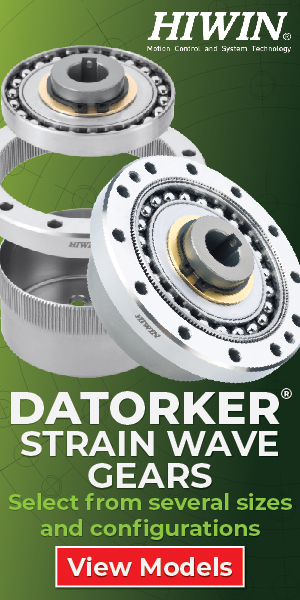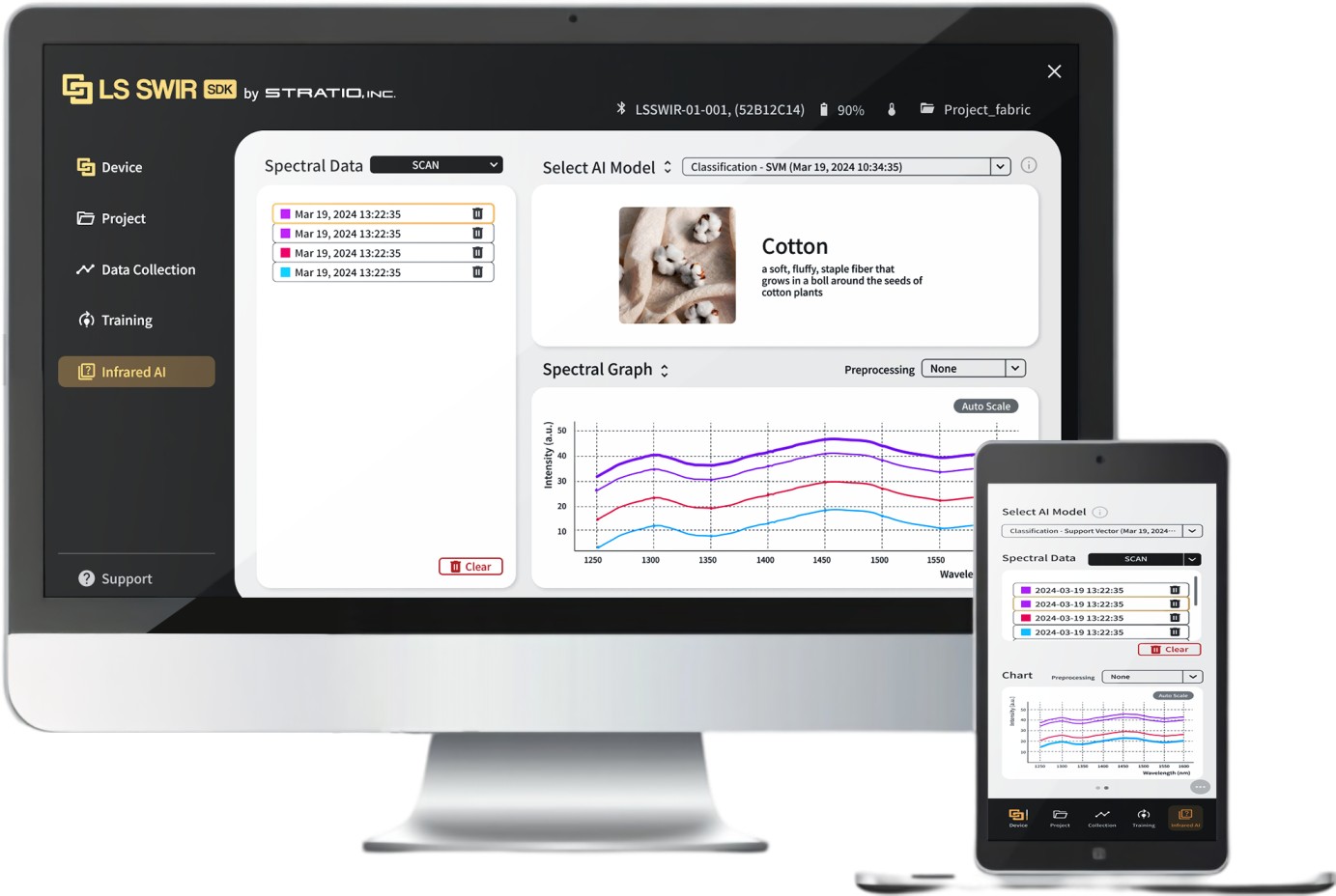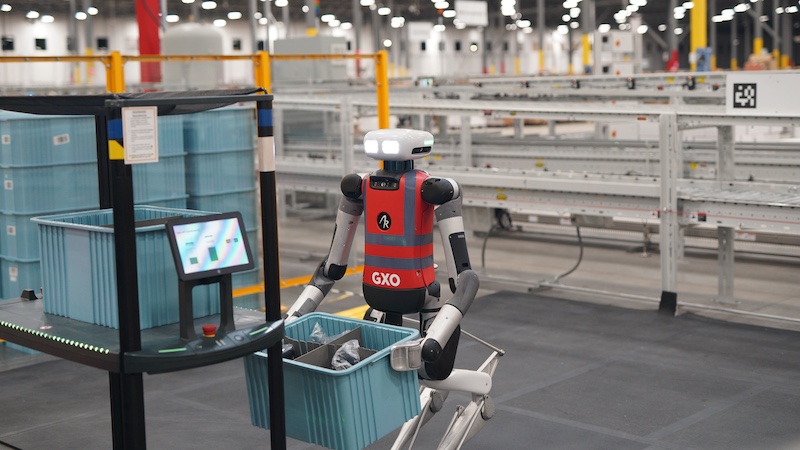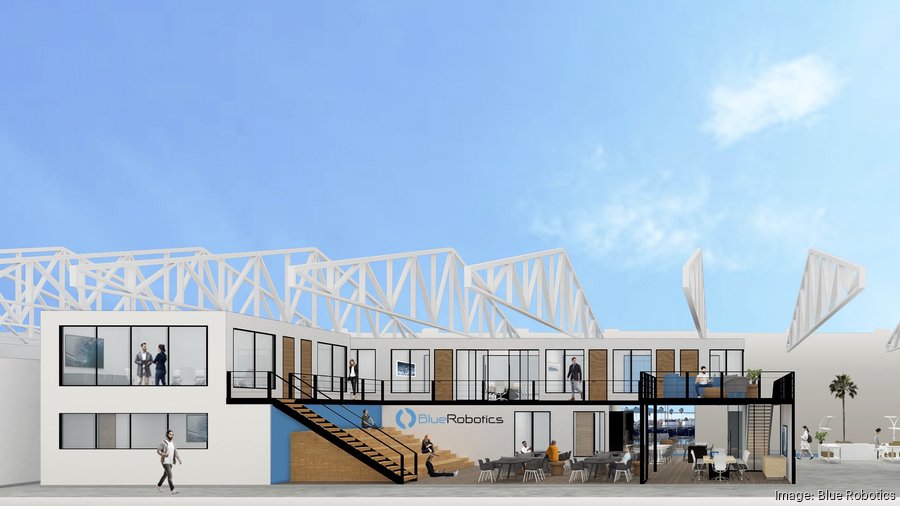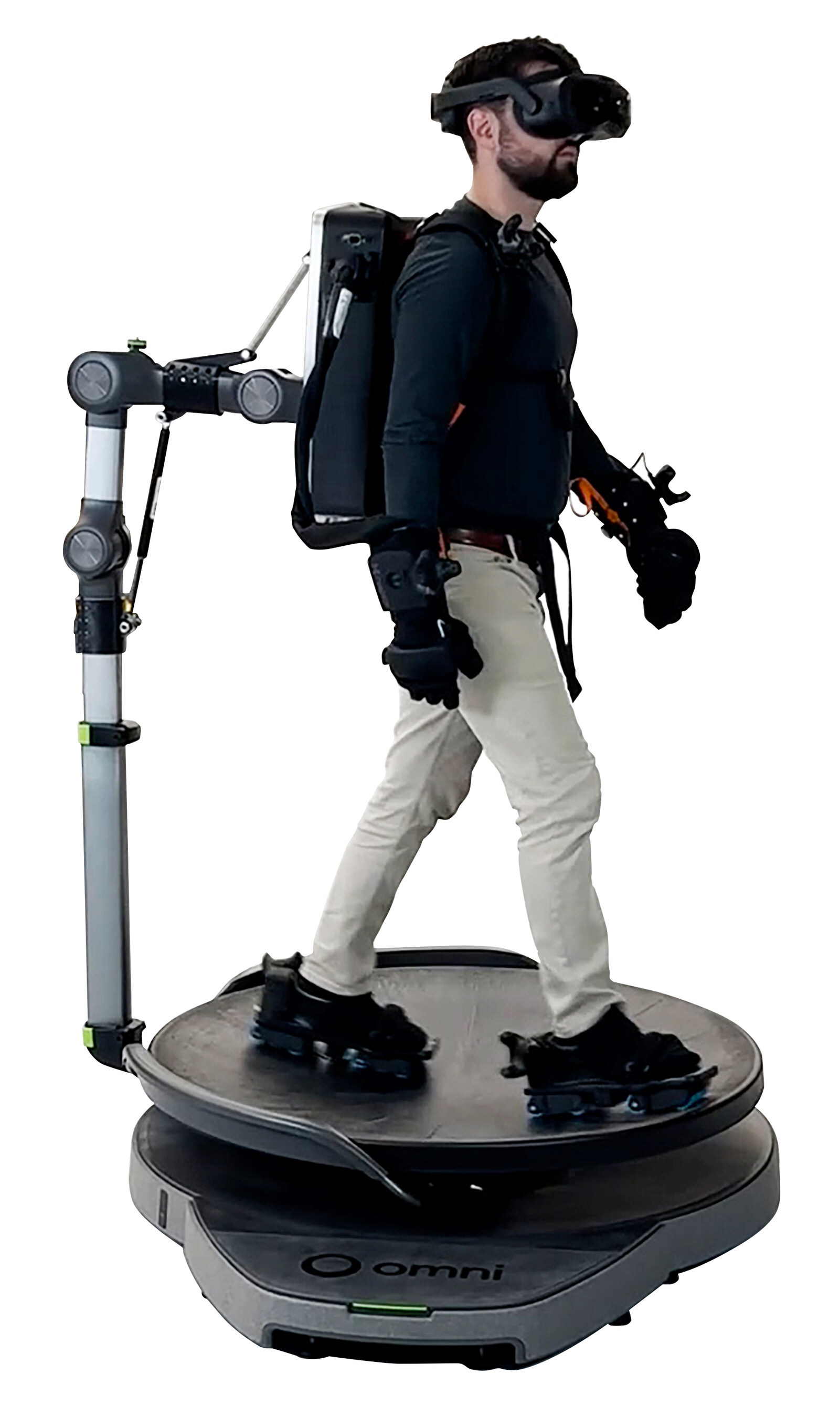CMS Approves Reimbursement for Personal Robotic Exoskeleton Devices
Medicare coverage allows individuals like 70-year-old Ivan Vargas to regain mobility and independence with their own exoskeletons for home and community use.
Centers for Medicare & Medicaid Services (CMS) has approved reimbursement for personal robotic exoskeleton devices, meaning individuals like 70-year-old Ivan Vargas can obtain their very own exoskeleton to use at home and in the community.
In 2020, Vargas was helping his son-in-law renovate their home when he fell through the ceiling, tumbling to the first floor below. He experienced a T10 spinal cord injury and was paralyzed from the waist down. “I tried to stop myself [from falling] and tore both of my rotator cuffs as well, so I didn’t have my arms to do anything,” Vargas recalls. “That really set me back… it was awful.”
For years, FDA-approved robotic exoskeletons—which cost approximately $100,000 each—have been available for patients to use during in-clinic therapy appointments. Personal devices can also be purchased out of pocket or veterans who qualify can obtain one at no cost under a U.S. Veteran’s Administration (VA) policy. However, thanks to CMS’ 2024 Home Health Rule that reclassified exoskeletons under the brace benefit category, individuals can now apply for Medicare coverage at an established rate of $91,032. With secondary insurance, there is potential for beneficiaries’ copays to be covered as well making the device more widely available due to insurance coverage.
Vargas—who uses the Ekso Indego—is the first person on the East Coast to apply for Medicare coverage for his device. “It is a life changer for me. I can go to church, I can go see my grandkids play sports, I can volunteer my time someplace. It will be a freedom for me to be able to walk,” said Vargas. He and his wife, Connie, began their rigorous 40-hour home training program at Sheltering Arms Institute’s Hanover outpatient center in June with physical therapist Alivia Thorn, PT, DPT, CSRS. The team is working through a checklist of skills to ensure the couple is ready to safely use the device on their own. Thrilled to take their exoskeleton home soon, Connie added, “It’s amazing. This way, he’ll eventually be able to get in and out of a car while wearing the Indego.”
The robot is worn over a user’s clothing and attaches to their legs and trunk before transferring its load to the ground, so the user does not have to bear the weight of the 29-pound device. Its battery-powered motors drive the legs to create a walking pattern among those who are unable to stand or walk on their own due to a spinal cord injury or other neurological injury. Individuals who have experienced a spinal cord injury between the T3 to L5 vertebrae can use the Indego at home or in the community; however, the device is not intended for sports or stair climbing, according to the Ekso website.
Medicare coverage not only makes the devices financially attainable but provides hope for newfound independence and numerous physical and psychological benefits. “It opens up accessibility for a lot of people,” said Christina Smith, PT, DPT, NCS, physical therapist and manager of therapy services at Sheltering Arms Institute’s Bon Air outpatient center. “There are numerous secondary benefits of using an exoskeleton at home such as maintaining range of motion, improving blood pressure and cardiovascular function, and increasing bone density. These benefits not only enhance daily life activities, but also aid in preventing future illnesses among non-ambulatory individuals.”
Currently, Sheltering Arms Institute offers exoskeleton home training with certified therapists at its Bon Air and Hanover outpatient centers to help patients make the most of this transformative technology.
If you or someone you know may be interested in a personal exoskeleton, ask your physician if you are eligible. The Ekso website also has helpful information to see if you qualify.




